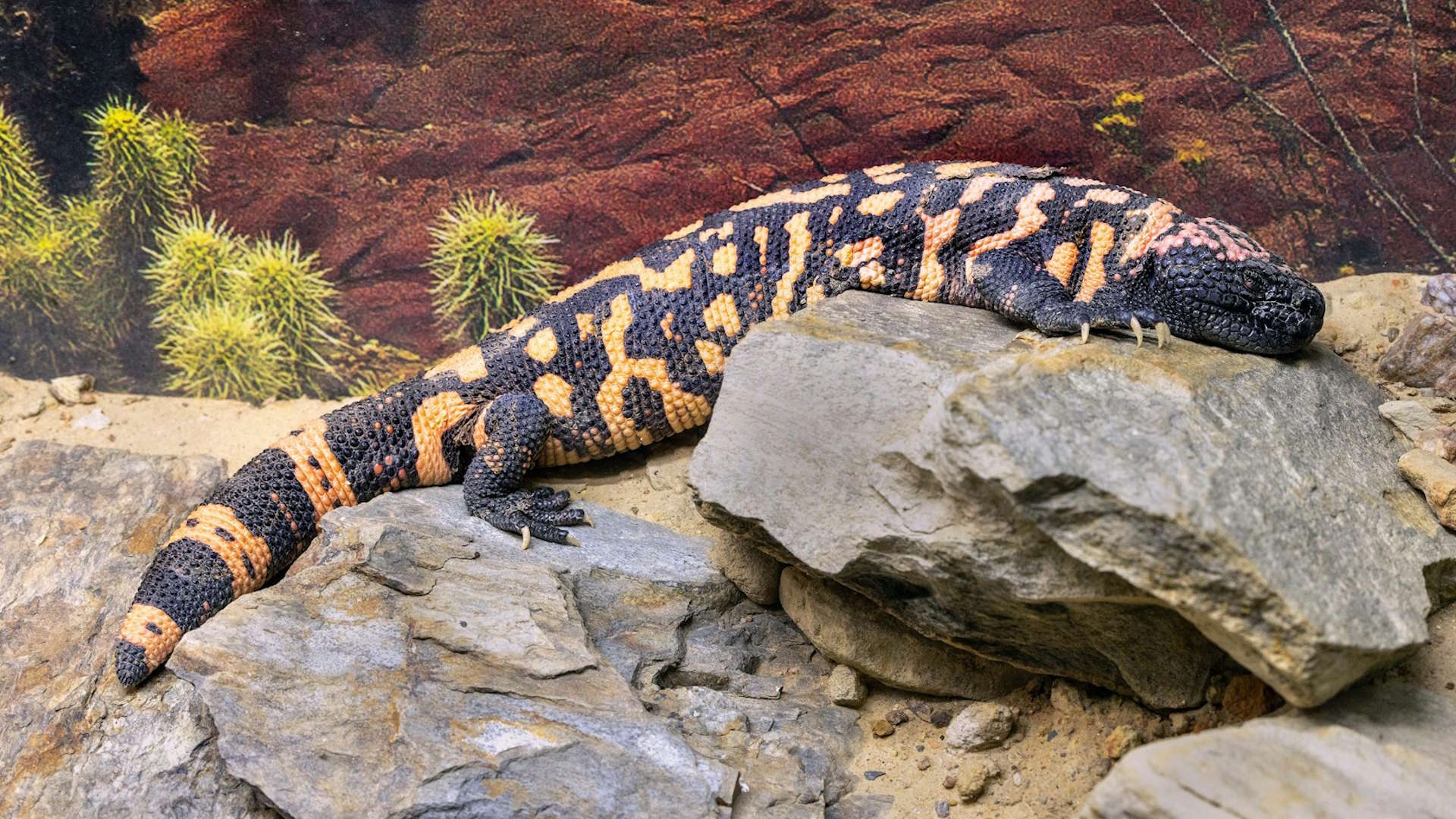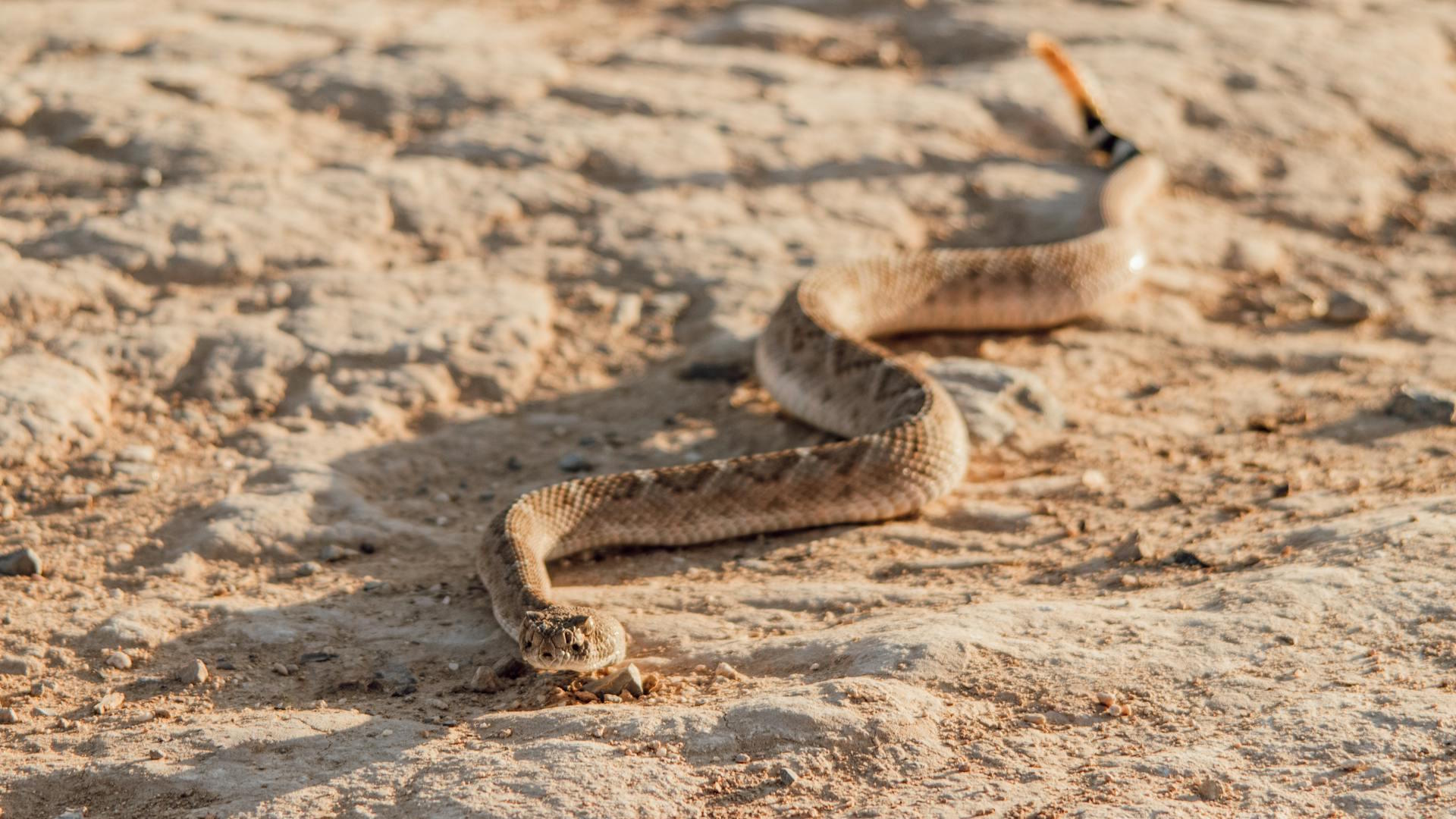Exotic pets bring unique joy and companionship to their owners, but they also present distinct healthcare challenges compared to traditional pets. From reptiles and amphibians to birds and small mammals, these special animals require specialized knowledge and care to thrive in captivity. Many health problems that exotic pets experience stem directly from improper husbandry, diet, or environmental conditions. Understanding these preventative measures isn’t just about avoiding costly veterinary bills—it’s about ensuring these remarkable creatures live their fullest, healthiest lives possible. This comprehensive guide will explore essential strategies for preventing common health issues across various exotic pet species, helping owners provide the best possible care for their unique animal companions.
Understanding Species-Specific Needs

The foundation of exotic pet health begins with thorough research into your specific pet’s natural habitat, behaviors, and biological requirements. Each species has evolved in particular environments with specific temperature ranges, humidity levels, dietary patterns, and social structures that must be replicated as closely as possible in captivity. For example, a bearded dragon from the arid Australian outback has dramatically different needs than a tree frog from a tropical rainforest. Before bringing home any exotic pet, invest time in learning from reputable sources including veterinary texts, experienced keepers, and species-specific care guides. Joining forums or social media groups dedicated to your particular pet can provide valuable insights from experienced keepers facing similar challenges. This preparatory knowledge will help you create an appropriate habitat and care routine that prevents many common health issues before they develop.
Creating Proper Environmental Conditions

Inadequate environmental conditions are perhaps the leading cause of health problems in exotic pets, making proper habitat setup absolutely critical. For reptiles and amphibians, this means establishing the correct temperature gradient with both basking spots and cooler areas, allowing the animal to thermoregulate naturally. Humidity levels must be monitored and maintained within appropriate ranges—too dry can cause respiratory issues and shedding problems, while too moist can promote bacterial and fungal infections. Lighting requirements vary dramatically between species, with many reptiles requiring specific UVB exposure for proper calcium metabolism and overall health. The size and layout of the enclosure should allow for natural behaviors like climbing, burrowing, or swimming, depending on the species. Substrate choices must be appropriate and safe, avoiding materials that could cause impactions if accidentally ingested or irritate sensitive skin in amphibians.
Nutrition and Proper Feeding Practices
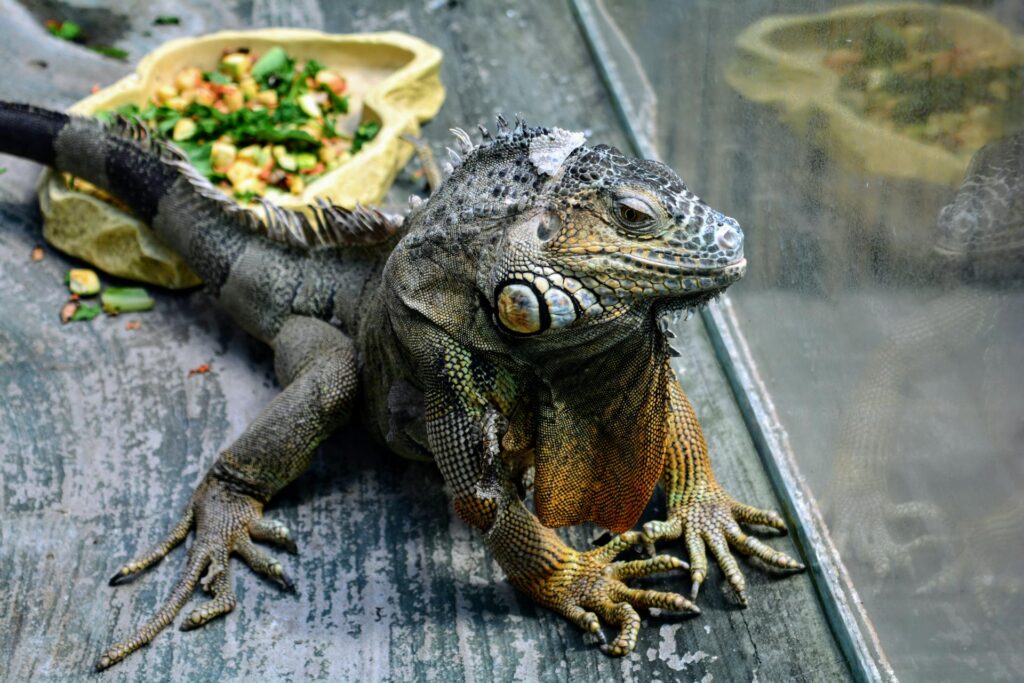
Dietary deficiencies rank among the most preventable yet common health problems facing exotic pets, making proper nutrition a cornerstone of preventative healthcare. Many species require highly specialized diets that vary significantly from what might seem intuitive or convenient for owners to provide. For example, many reptile species need precise calcium-to-phosphorus ratios in their food to prevent metabolic bone disease, while certain bird species require specific seed mixes supplemented with fresh fruits and vegetables. Feeding schedules should mimic natural patterns—some species naturally eat daily while others may feed weekly or even monthly in the wild. Proper portion control is equally important, as obesity is increasingly common in captive exotic pets and leads to numerous secondary health issues. For insectivore species, gut-loading (feeding nutritious foods to prey insects before offering them to your pet) and dusting with appropriate vitamin supplements are critical practices that dramatically improve nutritional uptake.
Recognizing Stress and Its Health Impacts
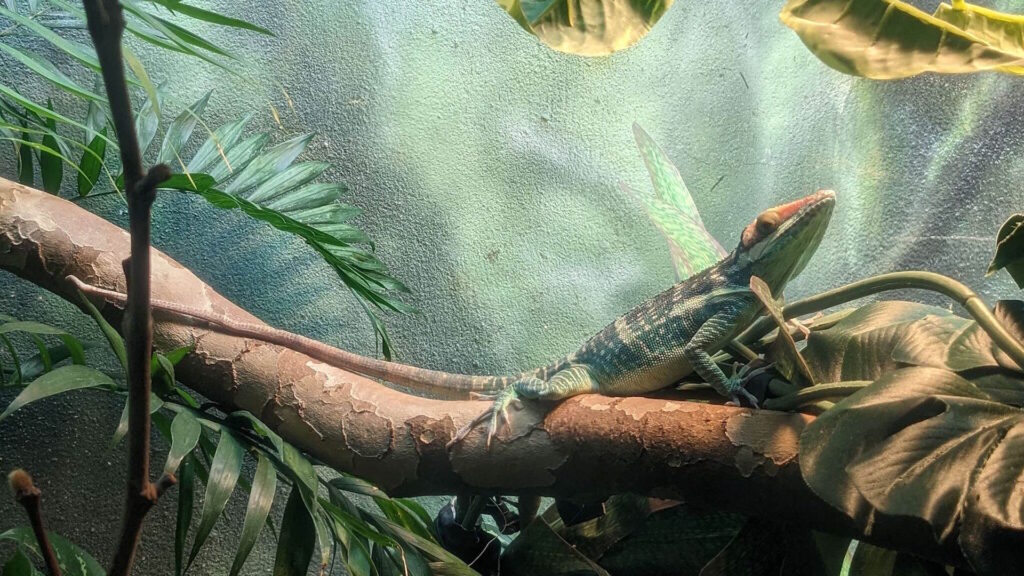
Chronic stress silently undermines the health of many exotic pets, manifesting in behavioral problems and physical illness if left unaddressed. Common stressors include improper handling, overcrowded conditions, incompatible cage mates, inadequate hiding spaces, or exposure to household pets that represent potential predators. For social species like many birds and some reptiles, isolation can be extremely stressful, while naturally solitary species may become stressed when forced to cohabitate. Signs of stress vary by species but often include decreased appetite, unusual aggression, excessive hiding, self-mutilation behaviors, or abnormal repetitive movements. Creating predictable routines, providing appropriate environmental enrichment, respecting the animal’s natural behavior patterns, and minimizing unnecessary handling can all help reduce stress levels. For particularly sensitive species, consider the location of their enclosure carefully—high-traffic areas with constant noise and activity may be inappropriate for creatures that prefer quiet and security.
Quarantine Procedures for New Pets

Implementing proper quarantine protocols when introducing new exotic pets to your collection represents one of the most effective preventative health measures available to owners. New animals should be housed separately from existing pets for a minimum of 30-60 days, during which time they should be closely monitored for any signs of illness or parasites. This isolation period allows subclinical diseases to manifest before potentially spreading to your established animals. During quarantine, thoroughly inspect the animal daily, maintaining detailed records of weight, feeding, defecation patterns, and any concerning observations. Consider scheduling a veterinary examination during this period, including appropriate testing for common pathogens specific to the species. For many reptiles and amphibians, a fecal parasite check is particularly important as many wild-caught or poorly-bred specimens harbor internal parasites that can be transmitted to other animals. Only after completing a successful quarantine period without health concerns should the new pet be introduced to your existing collection.
Regular Health Monitoring and Record Keeping

Consistent health monitoring allows exotic pet owners to detect subtle changes that might indicate developing problems before they become serious or life-threatening. Establish a regular schedule for weighing your pet, as weight loss or gain often provides the first indication of health issues in species that otherwise hide symptoms effectively. Maintain detailed records including daily observations of behavior, appetite, elimination habits, shedding cycles, and any unusual activities. Photograph your pet periodically to document appearance changes that might develop gradually and otherwise go unnoticed. For species that undergo regular shedding like reptiles, document and monitor each shed for completeness, as retained shed (especially on toes, tail tips, or around eyes) can lead to circulation issues and tissue damage. Creating a digital or physical health journal helps establish baselines for what’s normal for your specific pet and provides valuable information should veterinary care become necessary.
Finding and Working with an Exotic Veterinarian

Locating a qualified veterinarian with specific experience treating your type of exotic pet is crucial for preventative health care. Unlike dog and cat medicine, exotic animal medicine requires specialized knowledge that many general practitioners lack, making it essential to find a veterinarian with specific training and experience with your species. The Association of Reptile and Amphibian Veterinarians or the Association of Avian Veterinarians can help locate appropriate specialists in your area. Establish a relationship with this veterinarian before emergencies arise, scheduling a wellness examination when your pet appears healthy to establish baseline health parameters. During this initial visit, discuss appropriate preventative care protocols specific to your pet, including vaccination schedules if applicable, parasite prevention, and recommended screening tests. Prepare for these visits by bringing detailed health records, habitat parameters, and diet information to provide the veterinarian with comprehensive background information.
Parasite Prevention and Control
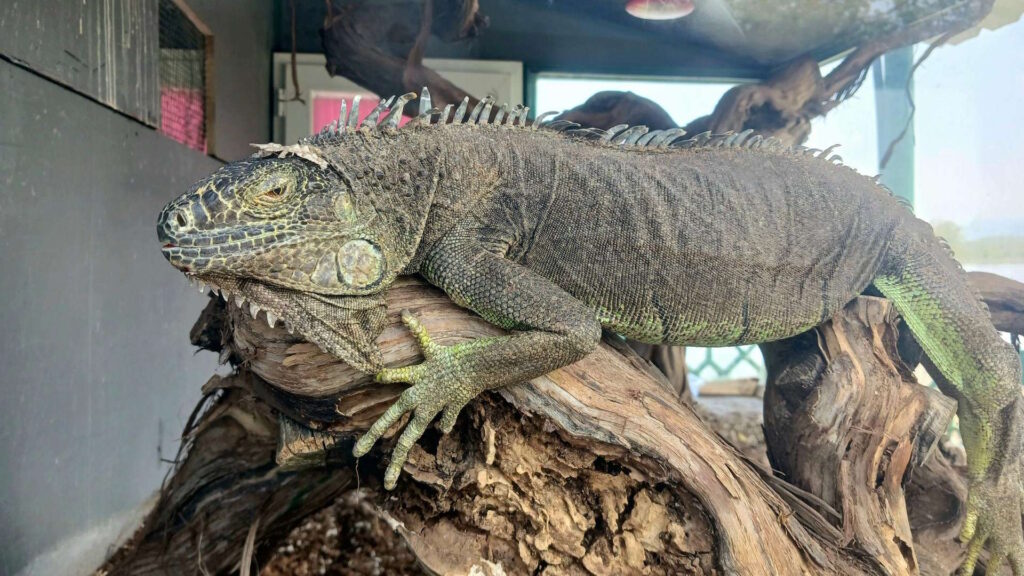
Parasites represent a significant and common health threat to exotic pets, requiring vigilant preventative measures to control. External parasites like mites can quickly infest enclosures and cause serious health problems, particularly in reptiles and birds, while internal parasites such as nematodes and protozoa can cause weight loss, digestive issues, and systemic illness. Prevention begins with proper quarantine of new animals and regular cleaning of enclosures, including complete habitat breakdown and disinfection at appropriate intervals. For reptiles, routine fecal examinations every 6-12 months can detect internal parasites even in apparently healthy animals. When acquiring new pets, request parasite testing results from breeders or be prepared to have testing done immediately after purchase. For some species, preventative treatments may be recommended by your veterinarian based on risk factors and local prevalence of certain parasites. Prompt identification and treatment of parasitic infections prevents spread to other animals and avoids the debilitating health effects of chronic parasitism.
Preventing Respiratory Infections

Respiratory infections rank among the most common ailments affecting exotic pets, particularly reptiles, amphibians, and birds, but they’re largely preventable with proper husbandry. These infections typically develop due to inappropriate temperature and humidity levels, inadequate ventilation, or chronic stress that suppresses the immune system. Maintaining species-appropriate environmental parameters consistently is the primary preventative measure, avoiding both sudden fluctuations and chronic conditions outside the pet’s optimal range. Enclosure hygiene plays a crucial role, as accumulated waste produces ammonia that irritates sensitive respiratory tissues and creates favorable conditions for pathogenic bacteria and fungi. Signs of respiratory issues include abnormal breathing sounds, open-mouth breathing, nasal or ocular discharge, lethargy, and decreased appetite. Providing adequate ventilation while maintaining appropriate humidity represents a balancing act for many species—mesh tops, strategically placed fans, or automatic misting systems can help achieve this balance depending on the specific requirements of your pet.
Preventing Nutritional Diseases

Nutritional diseases plague exotic pets across all species groups, yet they remain among the most preventable conditions with proper diet management. Metabolic bone disease in reptiles, fatty liver disease in birds, and nutritional secondary hyperparathyroidism in small mammals all stem from dietary imbalances or deficiencies. Preventing these conditions requires species-specific dietary knowledge—understanding not just what foods are appropriate but also their nutritional composition, proper proportions, and necessary supplementation. For omnivorous and herbivorous species, variety is crucial, offering balanced rotation of appropriate vegetables, fruits, and commercial foods fortified with essential vitamins and minerals. For insectivores, gut-loading prey items and proper dusting with calcium and vitamin supplements significantly reduces the risk of deficiencies. Commercial diets should be selected based on species-appropriateness rather than marketing claims, ideally consulting with an exotic veterinarian for recommendations. Avoid the common pitfall of treating exotic pets as “small versions” of domestic animals—their nutritional requirements often differ dramatically from familiar pets like dogs and cats.
Safe Handling and Interaction Techniques

Improper handling can lead to both immediate injuries and long-term stress-related health problems in exotic pets, making proper technique essential for preventative care. Each species has specific handling considerations—for example, many reptiles require full body support to prevent spinal injuries, while birds must have their wings properly secured to prevent escape and trauma. Before attempting to handle any exotic pet, research appropriate techniques and consider seeking in-person guidance from experienced keepers or veterinarians. Recognize that some species should rarely if ever be handled, as the stress outweighs any potential benefits of human interaction. For species that tolerate handling, maintain consistent but gentle practices, always washing hands before and after contact to prevent transmission of harmful substances or pathogens. Pay attention to body language indicating stress or discomfort—dilated pupils, rapid breathing, struggling, or defensive postures signal that the handling session should end immediately. Remember that even well-socialized exotic pets retain their wild instincts and may react unpredictably if startled or threatened.
Preventing Reproductive Health Issues

Reproductive health problems affect many exotic pets, particularly females of egg-laying species who may develop egg-binding (dystocia) or other reproductive tract complications. Prevention begins with understanding the natural reproductive cycles of your pet and providing appropriate environmental conditions that either support healthy reproduction or discourage unwanted breeding. For many reptile species, providing proper nesting sites and substrate during breeding season can prevent egg retention, while controlling photoperiod and temperature can help regulate reproductive cycles in birds and some reptiles. Consider the benefits of spaying or neutering for appropriate species, as these procedures eliminate reproductive health risks and can prevent hormone-driven behavioral problems. For exotic pets kept in mixed-gender groups, population control becomes essential to prevent overcrowding and unwanted offspring. Be aware that some species can store sperm for extended periods or reproduce parthenogenetically (without fertilization), requiring ongoing vigilance even after separating males and females. Consult with an exotic veterinarian about safe and appropriate contraception methods for your specific pet if breeding is not desired.
Creating Effective Quarantine and Isolation Facilities

Establishing proper quarantine and isolation facilities represents a fundamental but often overlooked aspect of exotic pet preventative healthcare. These separate housing areas serve dual purposes: they allow for observation of newly acquired animals before introducing them to existing pets, and they provide appropriate spaces for isolating sick animals when illness occurs. An effective quarantine setup should be located in a different airspace from your main collection, ideally in a separate room with its own ventilation system to prevent airborne transmission of pathogens. This area should contain all necessary equipment to maintain species-appropriate environmental conditions, including appropriate heating, lighting, and humidity control. Dedicated tools, bowls, and handling equipment should remain in the quarantine area and never be shared with the main collection without thorough disinfection. Implement strict biosecurity protocols including handwashing, clothing changes, or even shower-in/shower-out procedures depending on the size of your collection and the risk level of diseases common to your species. While establishing these facilities requires initial investment, they provide critical protection against devastating disease outbreaks that could affect multiple animals.
Conclusion

Preventing health issues in exotic pets requires a comprehensive approach combining species-specific knowledge, appropriate environmental management, proper nutrition, stress reduction, and regular veterinary care. By understanding and addressing these fundamental aspects of exotic pet husbandry, owners can significantly reduce the likelihood of common health problems and ensure their unique companions live long, thriving lives. Remember that preventative care represents not just a financial investment in avoiding costly treatments, but more importantly, an ethical commitment to providing the best possible quality of life for these specialized animals under human care. As our understanding of exotic pet medicine continues to evolve, staying educated and connected with qualified veterinary professionals remains the best strategy for adapting care practices to meet the needs of these fascinating creatures.

